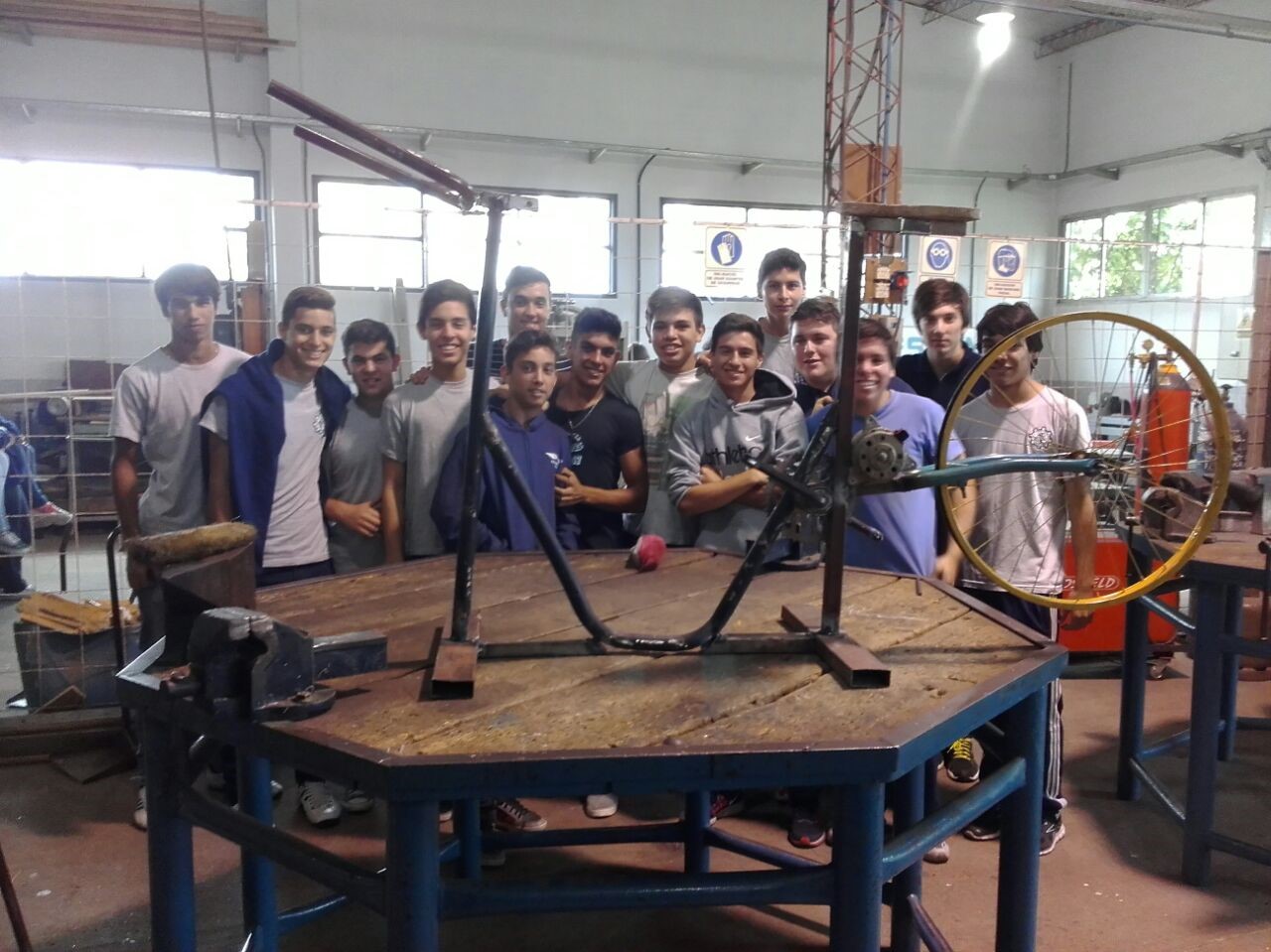2017, Carmen de Areco, Buenos Aires, Argentina
EES N°2 “Mariano Moreno” of Carmen de Areco: Student: Paula Perez Bianchi
This project is based on robotic and artificial intelligence technologies. At its first stage,Paula developed a robotic module that meets the irrigation needs of a garden. The system uses Arduino microcontrollers and an artificial intelligence node in charge of learning the different biological conditions to be able to make irrigation decisions based on soil moisture and plant demand.
The University of San Antonio de Areco (UNSAdA) sponsored a trip to the student to participate.
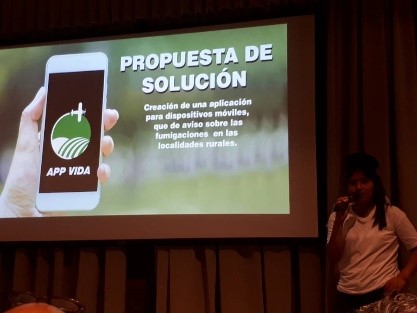 EET N°1 of San Andrés de Giles. Students: Tomás Pellegrini,Valentina Miranda, Joaquín Coarasa, Cecilia Yucra Ramos.
EET N°1 of San Andrés de Giles. Students: Tomás Pellegrini,Valentina Miranda, Joaquín Coarasa, Cecilia Yucra Ramos.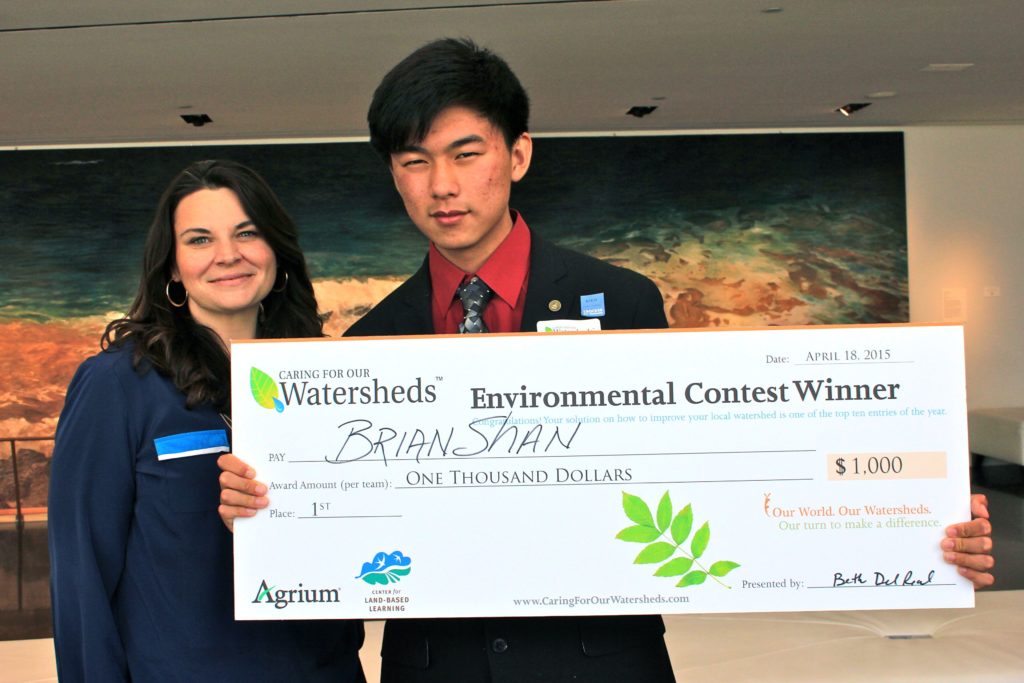 Brian Shan was proud to place first in the 2015 Caring for our Watersheds contest for his proposal to install aerators on faucets in his school. Faucet aerators deliver a mixture of water and air, limiting how much water is released while maintaining pressure and reducing splashing. The aerators, relatively inexpensive and easy to install, help conserve water and reduce energy use and costs.
Brian Shan was proud to place first in the 2015 Caring for our Watersheds contest for his proposal to install aerators on faucets in his school. Faucet aerators deliver a mixture of water and air, limiting how much water is released while maintaining pressure and reducing splashing. The aerators, relatively inexpensive and easy to install, help conserve water and reduce energy use and costs.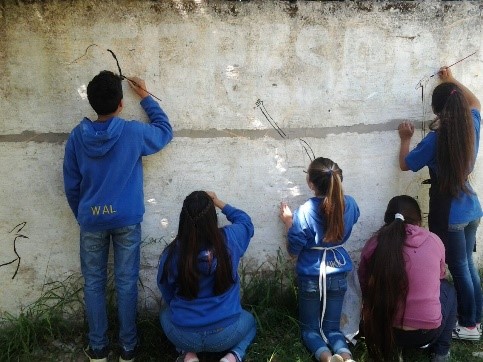 2016 San Antonio de Areco, Buenos Aires, Argentina
2016 San Antonio de Areco, Buenos Aires, Argentina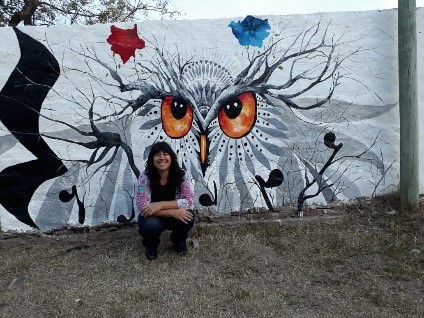 Four murals were painted along the wall, which form a musical circuit, intertwining nature, the seasons, and the different pictorial art styles.
Four murals were painted along the wall, which form a musical circuit, intertwining nature, the seasons, and the different pictorial art styles.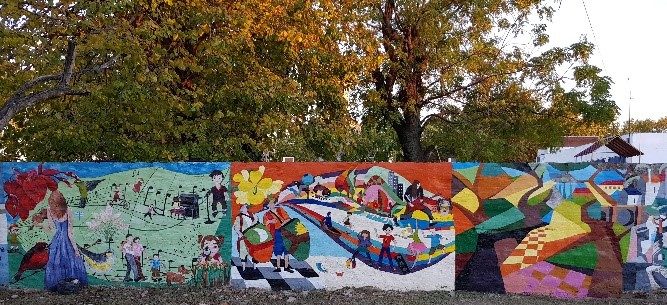
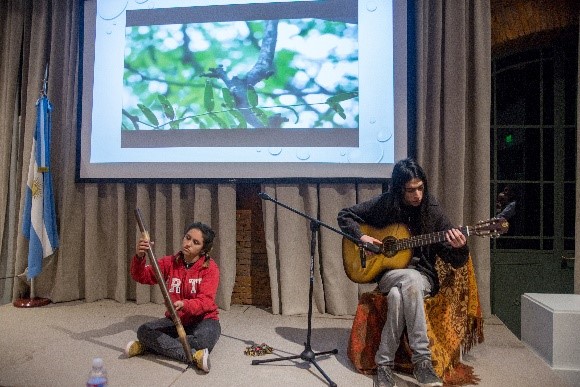 2016, San Antonio de Areco, Buenos Aires, Argentina
2016, San Antonio de Areco, Buenos Aires, Argentina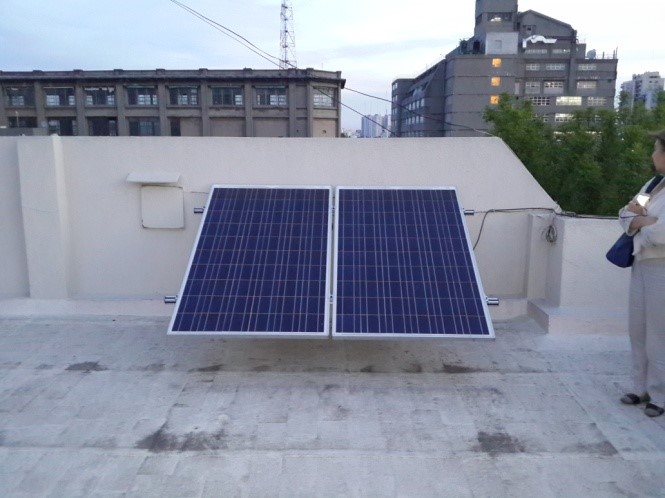 2016, San Antonio de Areco, Buenos Aires, Argentina
2016, San Antonio de Areco, Buenos Aires, Argentina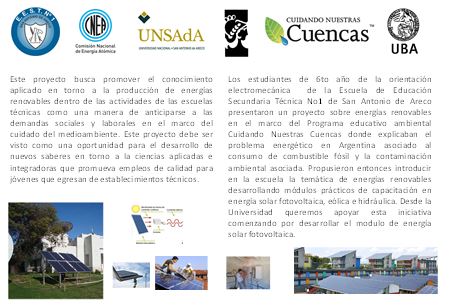
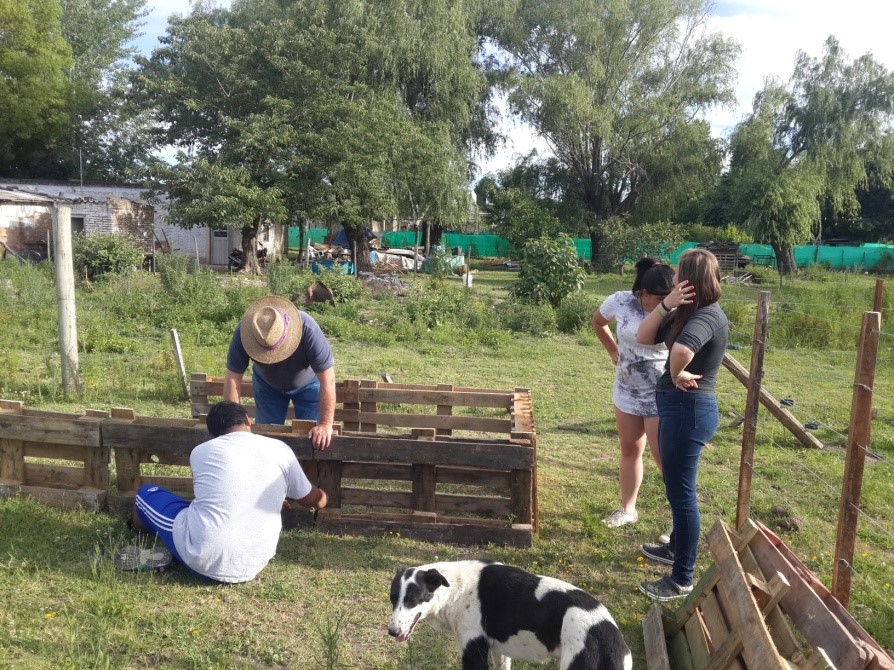 2016, San Antonio de Areco, Buenos Aires, Argentina
2016, San Antonio de Areco, Buenos Aires, Argentina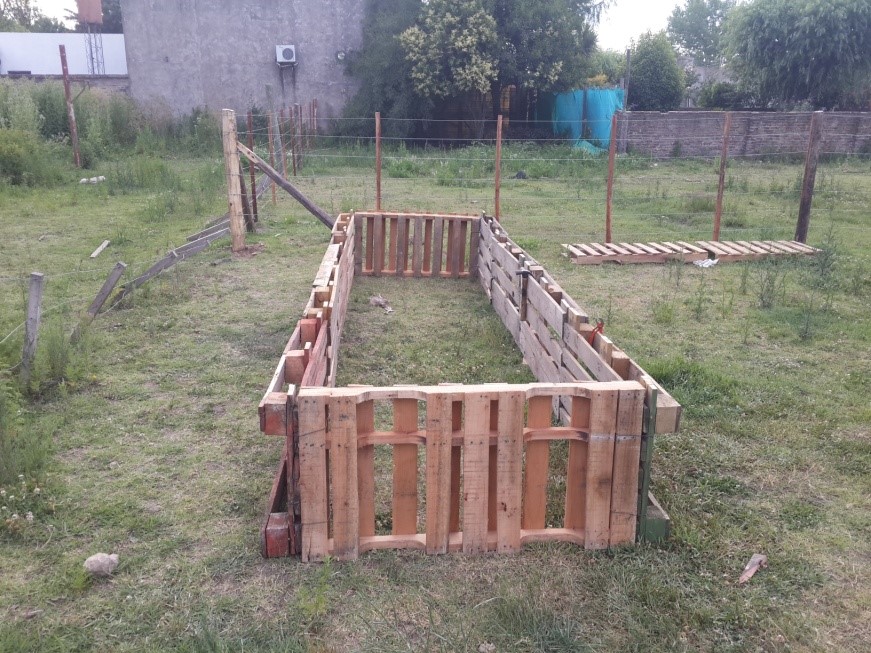 Students proposed the implementation of a worm compost (vermicompost) production module. The aim of this is that it will allow students to learn how to manipulate all aspects related to the production and selling of a natural fertilizer like worm compost (vermicompost), and it will enable them to imagine, in the near future, a local source of green work.
Students proposed the implementation of a worm compost (vermicompost) production module. The aim of this is that it will allow students to learn how to manipulate all aspects related to the production and selling of a natural fertilizer like worm compost (vermicompost), and it will enable them to imagine, in the near future, a local source of green work.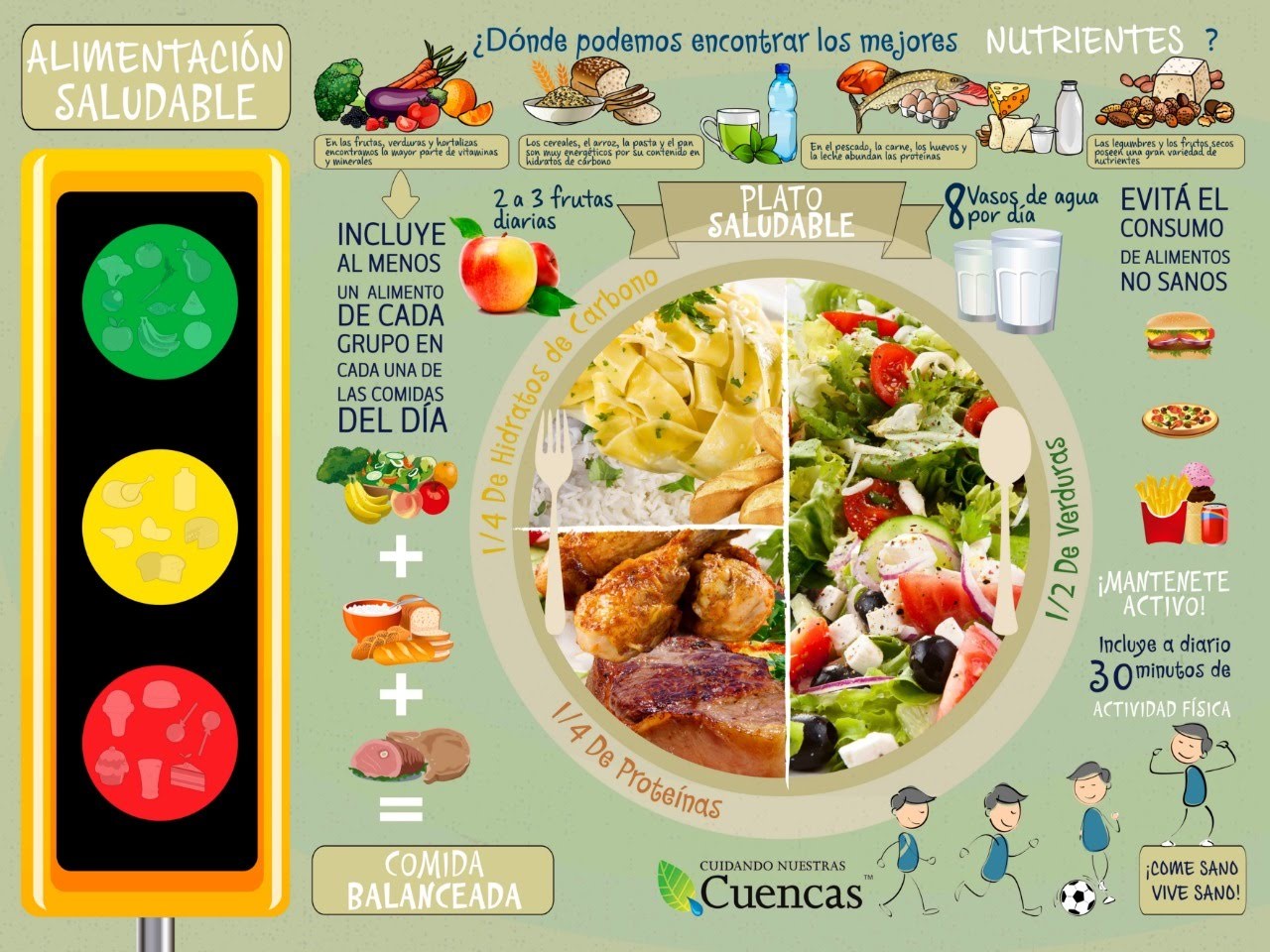
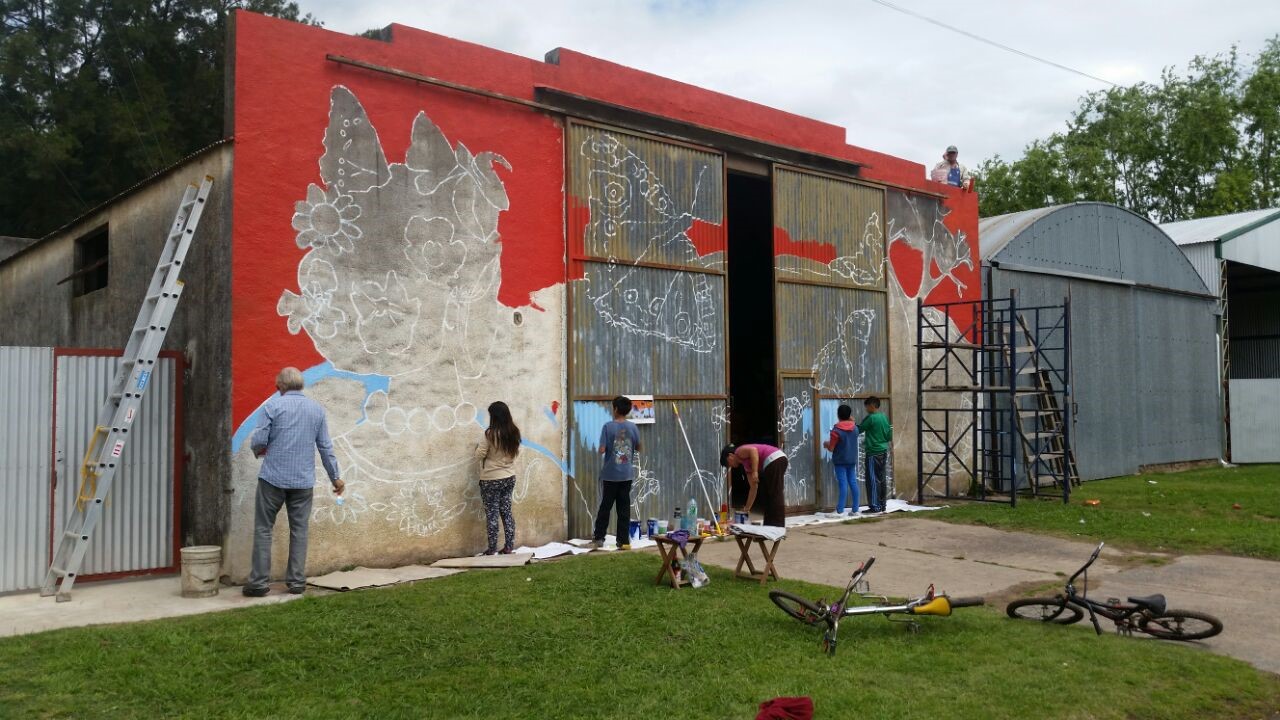 2016 Villa Espil, San Andres de Giles, Buenos Aires, Argentina
2016 Villa Espil, San Andres de Giles, Buenos Aires, Argentina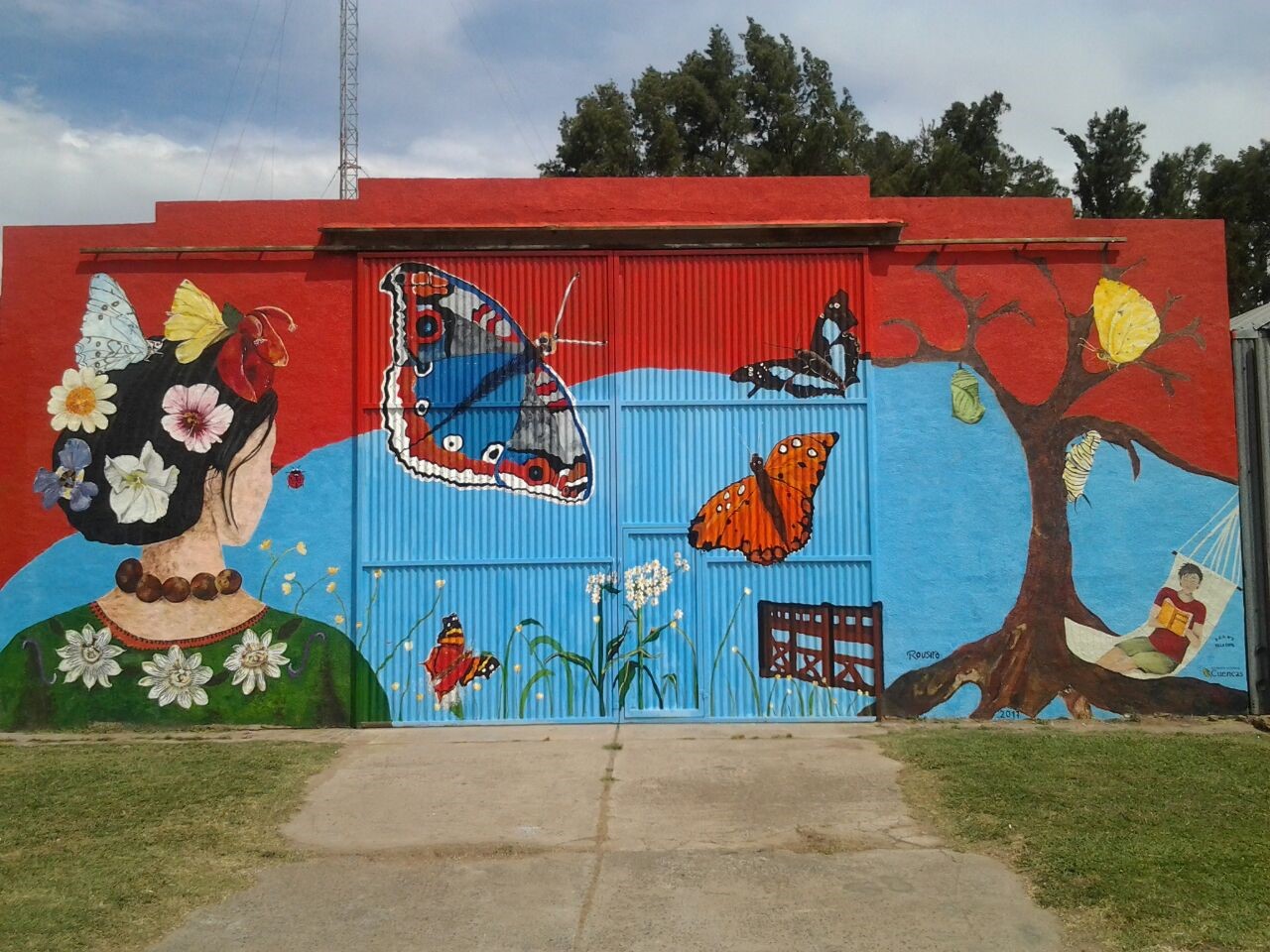
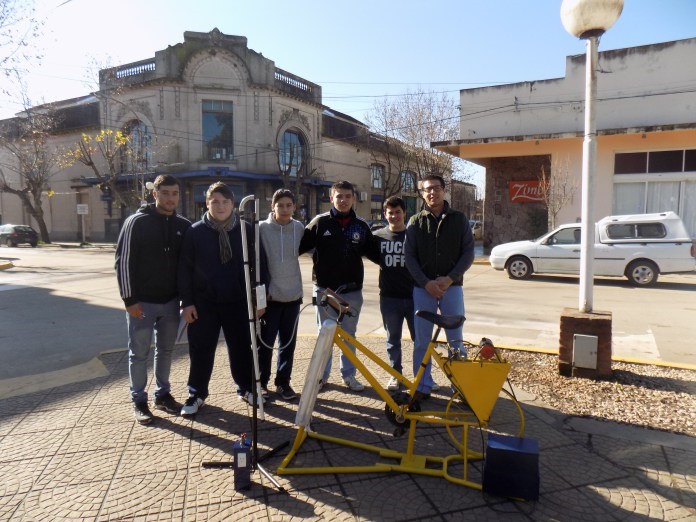 2016, San Antonio de Areco, Buenos Aires, Argentina
2016, San Antonio de Areco, Buenos Aires, Argentina